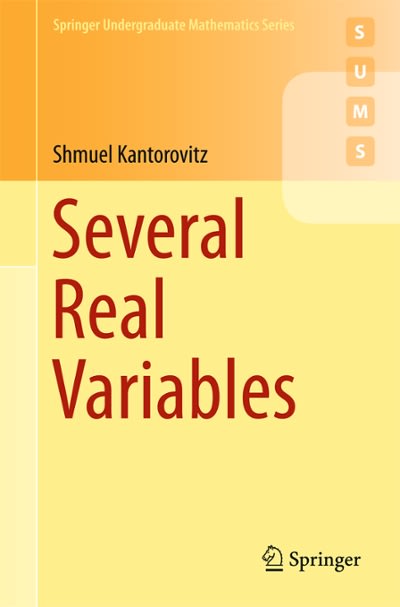final 1. please see attached.
1. The strength of the linear relationship between two quantitative variables is determined by the value of A. r B.x C. a D. see. E. F 2. Analysis of variance uses the _ test. A. z B. t C. x2 D. binomial E. F 3. The null hypothesis in ANOVA is that all the means are A. variable B. equal C. not equal D. greater than OVA E. none of these 4. When you conduct an F test, _ estimate(s) of the population variance islare compared. A. one B. two C. three D. four E. any number 5. The values of the chi-square variable cannot be A. positive B. 0 C. negative D. 1 E. none of the above 6. The null hypothesis for the chi-square test of independence is that the variables are A. dependent B. independent C. related D. 0 E. none of the above 7. The degrees of freedom for the goodnessoffit test are A. 0 B. 1 C. sample size 1 D. number of categories 1 8. Three players each from four basketball teams were asked to determine how high each player can jump. The degrees of freedom for the numerator is: A.2 B.3 C.4 D.5 E.6 F. noneoftheabove 9. Three players each from four basketball teams were asked to determine how high each player can jump. The degrees of freedom for the denominator is: A. 2 B. 3 C. 4 D. 5 E. 6 F. none of the above 10. Previously. an organization reported that teenagers spent 4.5 hours per week, on average, on the phone. The organization thinks that. currently, the mean is higher. Fifteen randomly chosen teenagers were asked how many hours per week they spend on the phone. The sample mean was 4.75 hours with a sample standard deviation of 2.0. Conduct a hypothesis test, the Type 1 Error is to conclude that: A. the current mean hours per week is higher than 4.5. when in fact. it is higher. B. the current mean hours per week is higher than 4.5. when in fact. it is the same. C. the mean hours per week currently is 4.5. when in fact. it is higher. D. the mean hours per week currently is no higher than 4.5, when in fact, it is not higher. Use the following information to answer the next two exercises. An experiment consists of tossing two, 12-sided dice (the numbers 112 are printed on the sides of each die). . Let Event A = both dice show an even number. . Let Event B = both dice show a number more than eight. 11. Events Aand B are: a. mutually exclusive. b. independent. c. dependent d. mutually exclusive and independent. e. neither mutually exclusive nor independent. 12. Find P(Al B). a. 214 b. 161144 c. 4116 d. 21144 e. none of the above 13. The instructor takes her sample by gathering data on five randomly selected students from each UMUC class offered in Asia. The type of sampling she used is _ sampling. a. cluster b. stratified c. simple random d. convenience e. biased







